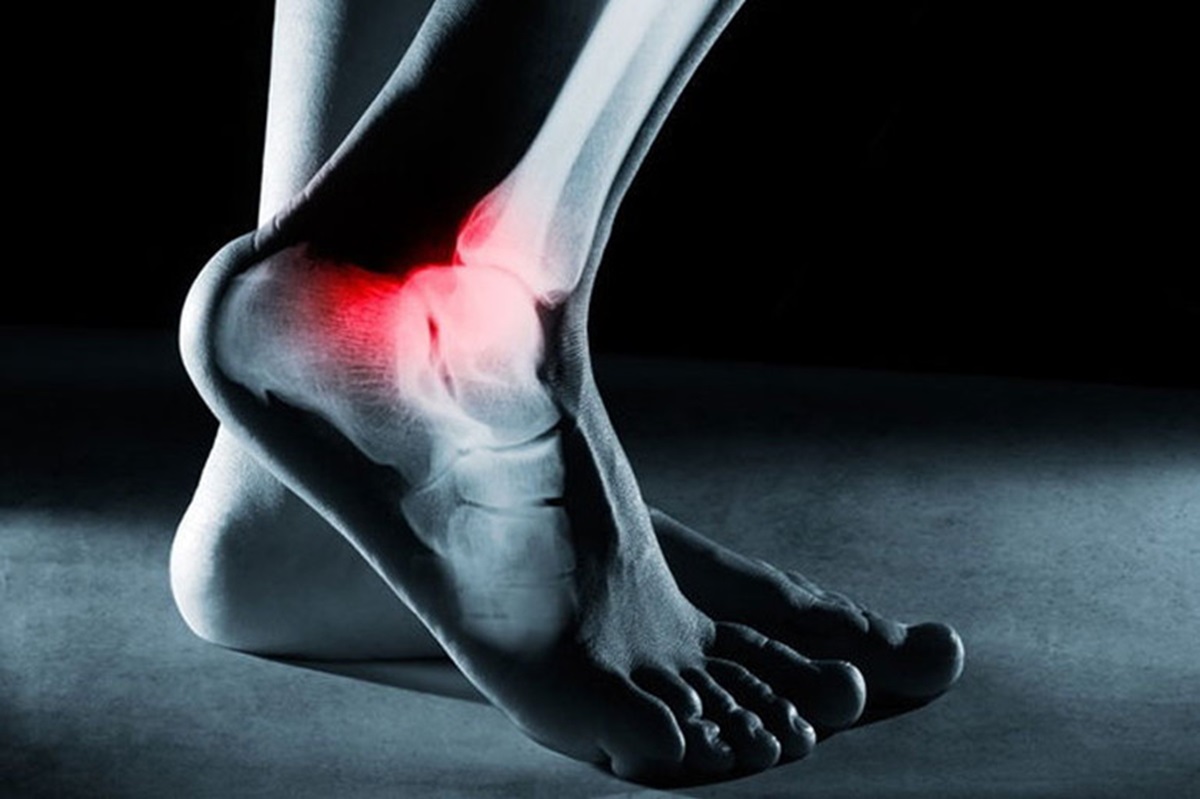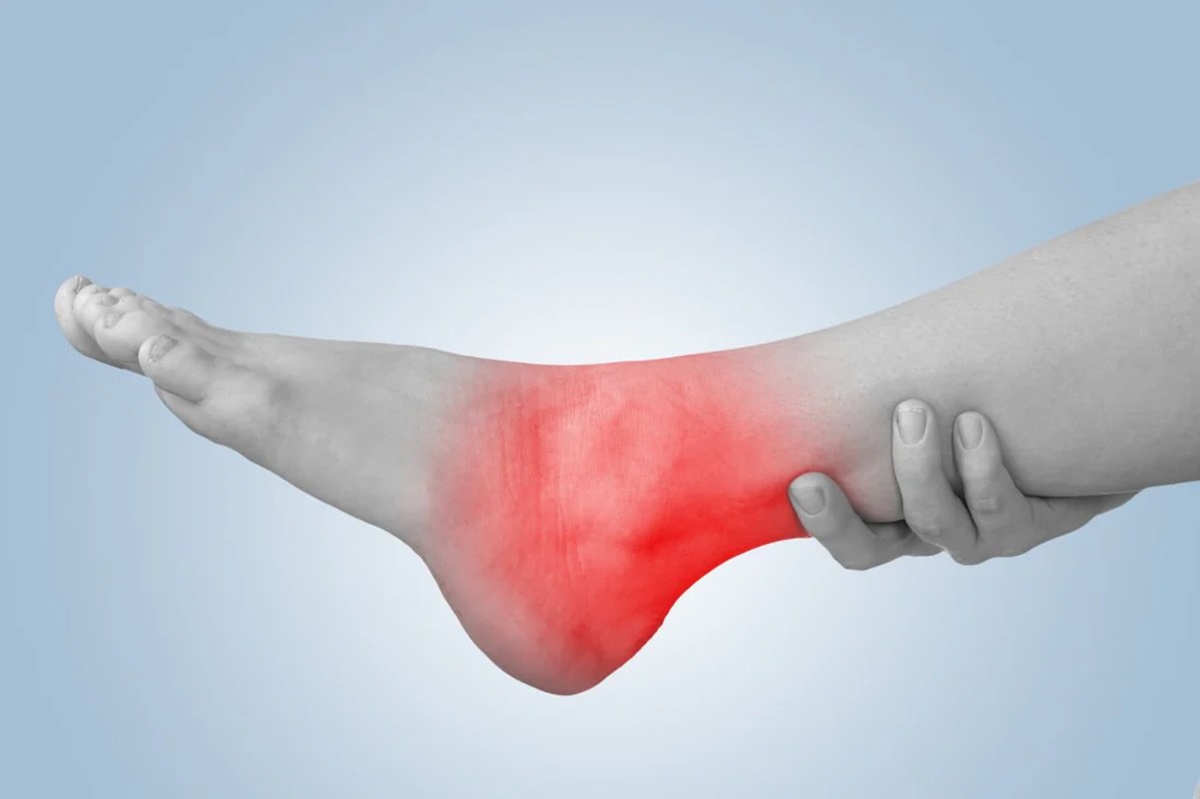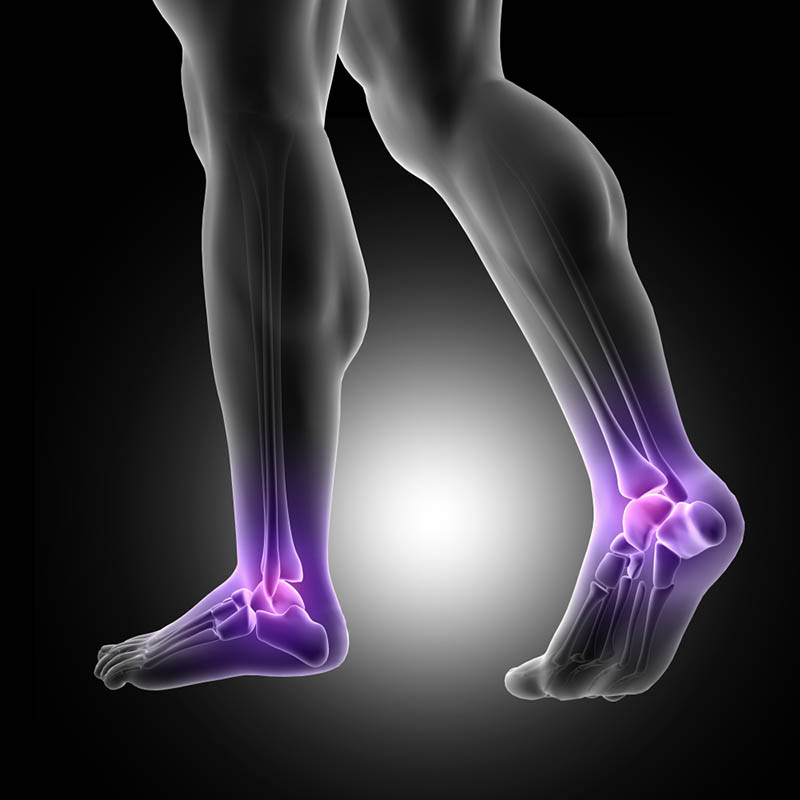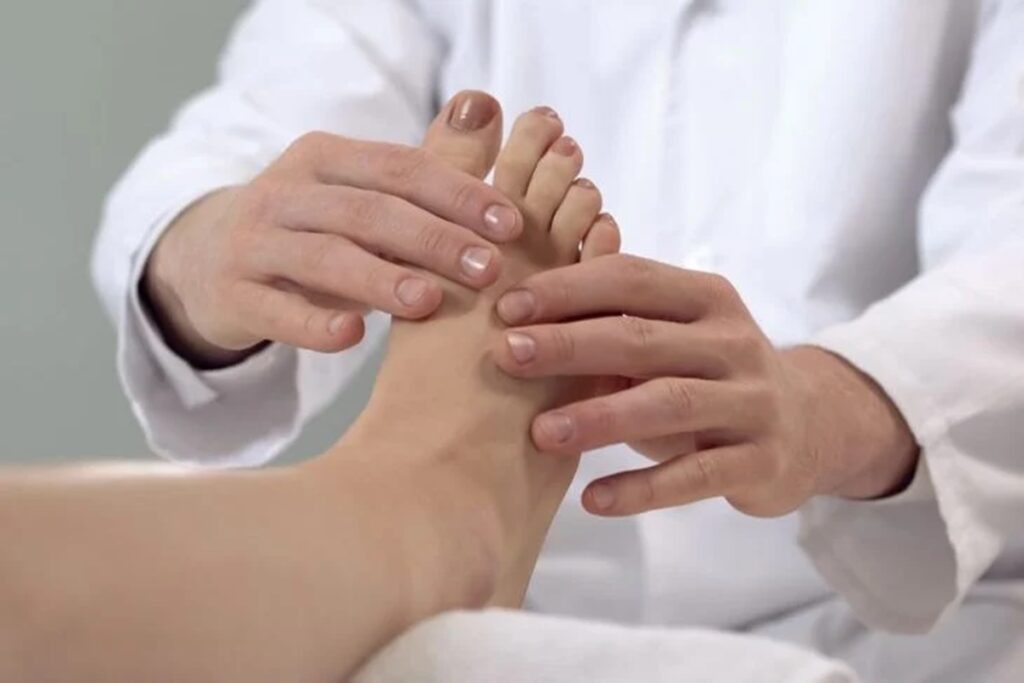Sudden ankle pain without injury can be confusing and frustrating, especially when there’s no obvious cause like a fall or twist. For many people, this pain may come on gradually or appear overnight, disrupting daily movement and quality of life. Understanding what might be behind this discomfort is the first step to getting relief. In …
Sudden ankle pain without injury can be confusing and frustrating, especially when there’s no obvious cause like a fall or twist. For many people, this pain may come on gradually or appear overnight, disrupting daily movement and quality of life. Understanding what might be behind this discomfort is the first step to getting relief. In this blog, we’ll explore the common causes of unexplained ankle pain, when to seek help, treatment options, and why working with a trusted foot and ankle specialist—like those at Wisconsin Foot & Ankle Clinic—can make all the difference. Whether you’re experiencing sudden ankle pain without injury or swelling, persistent stiffness, or intermittent pain, professional evaluation is key to recovery.
Common Causes of Ankle Pain Without Injury
Experiencing ankle pain without injury doesn’t always mean nothing is wrong. Subtle and chronic conditions can affect the joints, tendons, and nerves in the ankle, often going unnoticed until pain appears. These are the most frequent medical reasons behind sudden ankle pain without injury:
Arthritis and Autoimmune Conditions
Osteoarthritis and rheumatoid arthritis can cause chronic ankle pain through inflammation and joint deterioration. These conditions may also lead to stiffness, swelling, and reduced range of motion. Autoimmune conditions like lupus and reactive arthritis can flare up suddenly and cause intense joint pain even without any physical trauma. Morning stiffness and pain are common indicators. In advanced cases, disease-modifying antirheumatic drugs (DMARDs) may be required.
Tendonitis and Overuse Injuries
Repetitive movements, poor biomechanical issues, and increased activity levels can contribute to tendon inflammation. Conditions such as Achilles tendonitis, posterior tibial tendon dysfunction (PTTD), bursitis, and tibialis anterior tendonitis are all examples of overuse injuries that may lead to ankle pain without any obvious injury. These often present as swelling and pain after activity, pain with ankle movement, or localized pain. Treatment often involves rest and activity modification, physical therapy, and the use of orthotics or support devices.
Nerve Compression Syndromes
Tarsal tunnel syndrome is a common nerve compression issue in the ankle. It can cause burning or tingling pain, tingling or numbness, or pain radiating to other areas of the foot. This kind of discomfort may not be tied to a specific event but can significantly impair mobility. Diagnostic techniques like nerve studies and gait analysis are often essential to uncover the root cause.
Gout and Other Metabolic Disorders
Sudden, severe ankle pain can also result from gout—a buildup of uric acid crystals in the joint. This often causes swelling, redness or warmth, and tenderness. Pseudogout and other metabolic conditions can mimic similar symptoms and require blood tests, tissue culture, or imaging tests for proper diagnosis. These conditions can sometimes feel like a broken bone or soft tissue injury due to the sharp intensity of pain.
Structural Issues: Flat Feet and High Arches
People with flat feet or high arches are more likely to develop ankle pain due to improper weight distribution and biomechanical stress. These structural conditions can lead to persistent strain on tendons and ligaments, causing pain even in the absence of injury. The use of orthotic shoes or inserts and proper arch support can offer significant relief and prevent further issues like osteochondral lesion of the talus (OLT) or stress fracture.
When to Seek Medical Attention
Knowing when ankle pain warrants professional evaluation is critical to avoid worsening the issue or missing a more serious diagnosis. This is especially important if you’re dealing with sudden ankle pain without injury or swelling that doesn’t respond to home care.
Recognizing Red Flags
You should seek immediate care if you notice redness or warmth in the ankle, tingling or numbness, pain with ankle movement, or worsening pain. Persistent pain, difficulty bearing weight, ankle instability, or swelling that doesn’t improve with rest are key warning signs. These symptoms may indicate signs of infection, inflammation, or even ankle fractures.
Diagnostic Approaches
A podiatrist or orthopedic doctor will typically begin with a full medical history review and physical examination. Advanced diagnostics like X-rays, CT scans, or MRI help detect soft tissue damage, ankle injury types, or degenerative joint disease. A gait analysis, range of motion test, and nerve studies may be conducted to identify biomechanical issues and neurological contributors to pain.
Treatment Options for Non-Injury Ankle Pain

Fortunately, there are several effective ways to treat ankle pain without injury. Whether the pain stems from inflammation, nerve irritation, or biomechanical misalignment, targeting the root cause is essential for long-term relief. A personalized treatment plan developed by a podiatrist can help prevent recurring flare-ups and restore functional movement.
Home Remedies and Lifestyle Modifications
Initial treatment often includes RICE (rest, ice, compression, elevation), ice or heat therapy, pain relief medicine, and supportive footwear. Other helpful strategies include stretching, yoga, warm-up routines, and improving ankle strength and flexibility. Balance training, cushioning, and avoiding overuse can reduce daily stress on your joints.
Medical Interventions
When home remedies aren’t enough, your provider may recommend advanced care. Common treatments include nonsteroidal anti-inflammatory drugs (NSAIDs), corticosteroids, injections, topical creams or rubs, or even surgical intervention in severe cases. Customized ankle braces or splints and orthotic shoes or inserts can also help stabilize and correct alignment.
Preventative Measures
Preventing non-injury ankle pain involves strengthening surrounding muscles, improving mobility, and correcting alignment issues. Routine stretching and strengthening exercises, resistance training, and using proper footwear are crucial. A consistent routine guided by physical therapy can reduce risk and prevent recurrence.
Understanding Ankle Injury Types
Even when it feels like no injury occurred, subtle trauma or strain may still be to blame. Small or unnoticed injuries—like microtears or stress fractures—can manifest later as unexplained pain. Early detection through proper evaluation ensures these underlying issues don’t develop into chronic problems.
Overview of Common Ankle Injuries
Ankle injuries are extremely common, especially among active individuals and athletes. Acute ankle sprains, for example, occur frequently across all levels of sports, accounting for roughly 15% of injuries sustained in both high school and collegiate athletics. These injuries often happen during quick directional changes or uneven landings and can cause immediate pain and swelling.
Common ankle injury types include ankle sprains, ankle fractures, tendon strains, and cartilage damage. These injuries may happen during regular activities and can be misinterpreted as non-injury pain. Ankle sprain treatment typically includes RICE, therapy, and in some cases, surgical repair. Ignoring these injuries can delay recovery and lead to chronic issues.
Differentiating Injury from Non-Injury Pain
Ankle sprains are not only common but also notorious for becoming chronic. Research shows that up to 40% of individuals who suffer from an ankle sprain may develop long-term symptoms—including ongoing pain, swelling, and instability—that persist for at least a year after the initial injury. Recognizing the difference between a healing sprain and lingering dysfunction is crucial to avoid repeat injuries and ensure full recovery.
True injury-related pain usually follows a specific event, such as twisting your ankle during a workout. Non-injury pain, however, may develop slowly or appear suddenly without an incident. A thorough evaluation is necessary to distinguish between the two and to ensure appropriate treatment from a qualified podiatrist or foot specialist.
Why Choose Wisconsin Foot & Ankle Clinic for Ankle Pain Care
When unexplained ankle pain impacts your daily life, you need experts who specialize in diagnosing and managing complex foot and ankle conditions.
Specialists in Hard-to-Diagnose Ankle Conditions
At Wisconsin Foot & Ankle Clinic, we excel at uncovering the underlying causes of sudden ankle pain without injury—especially when there’s no clear trauma. We have experience treating a wide range of conditions from autoimmune joint disorders to overuse injuries and nerve entrapment.
Advanced Diagnostic Tools, Personalized Treatment

We use advanced imaging, biomechanical assessments, and gait analysis to identify the root cause of your symptoms. Every treatment plan is customized to help restore mobility and reduce persistent pain. From supportive devices to surgical solutions, we provide end-to-end care.
Local, Trusted Foot and Ankle Experts
As your reliable “foot and ankle doctor near me,” our clinic proudly serves the community with same-week availability, compassionate care, and long-term solutions. Whether it’s managing chronic pain or providing immediate relief for a flare-up, we’re here to help.
Conclusion
Sudden ankle pain without injury doesn’t mean there isn’t a serious issue beneath the surface. From rheumatoid arthritis and bursitis to nerve compression or stress fractures, accurate diagnosis is key. Don’t let persistent pain limit your movement—schedule a visit with Wisconsin Foot & Ankle Clinic and get expert care you can trust.
FAQs
Why has my ankle suddenly started hurting?
Your ankle may suddenly hurt due to inflammation, arthritis, tendon overuse, or a metabolic issue like gout. These causes can create pain even without an injury.
What is the fastest way to relieve ankle pain?
Use RICE, ice or heat therapy, NSAIDs, and supportive footwear. If the pain doesn’t subside, consult a podiatrist for personalized care.
Can ankle arthritis come on suddenly?
Yes. Ankle arthritis—particularly in autoimmune or metabolic conditions—can cause sudden flare-ups, even when there’s no prior history of injury. Professional evaluation ensures proper treatment.







